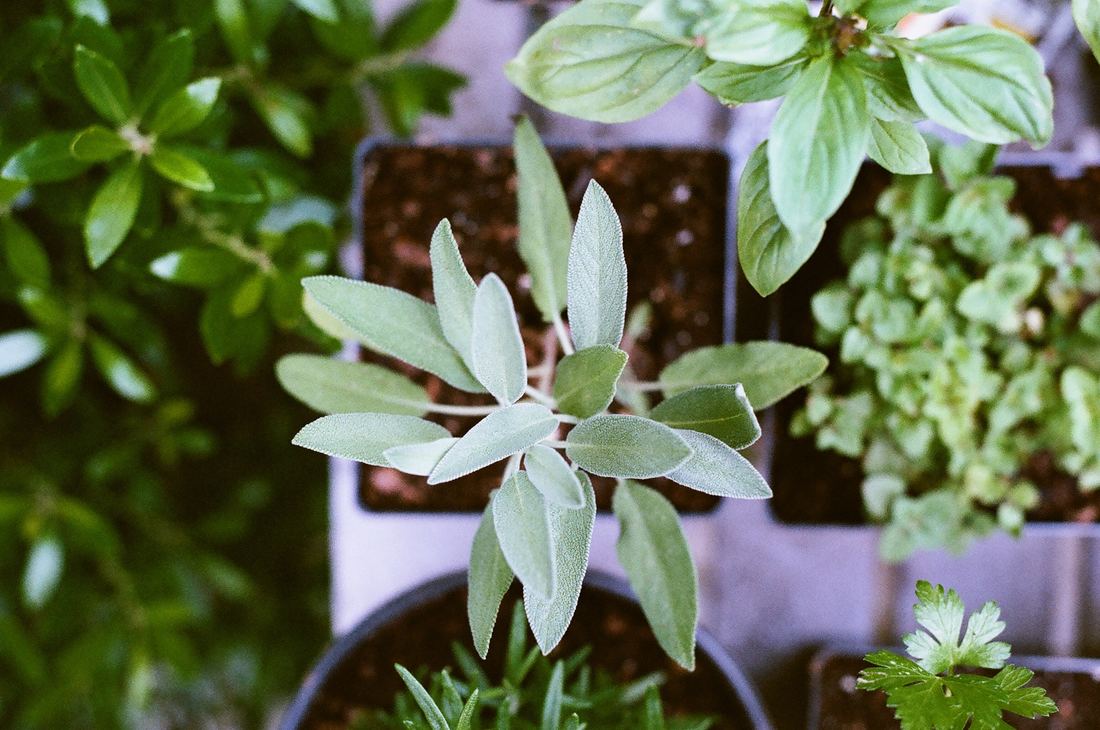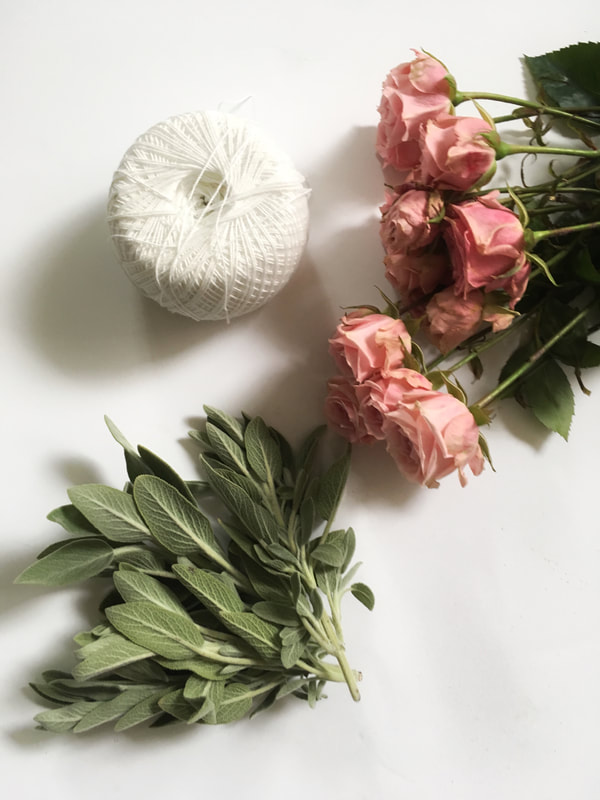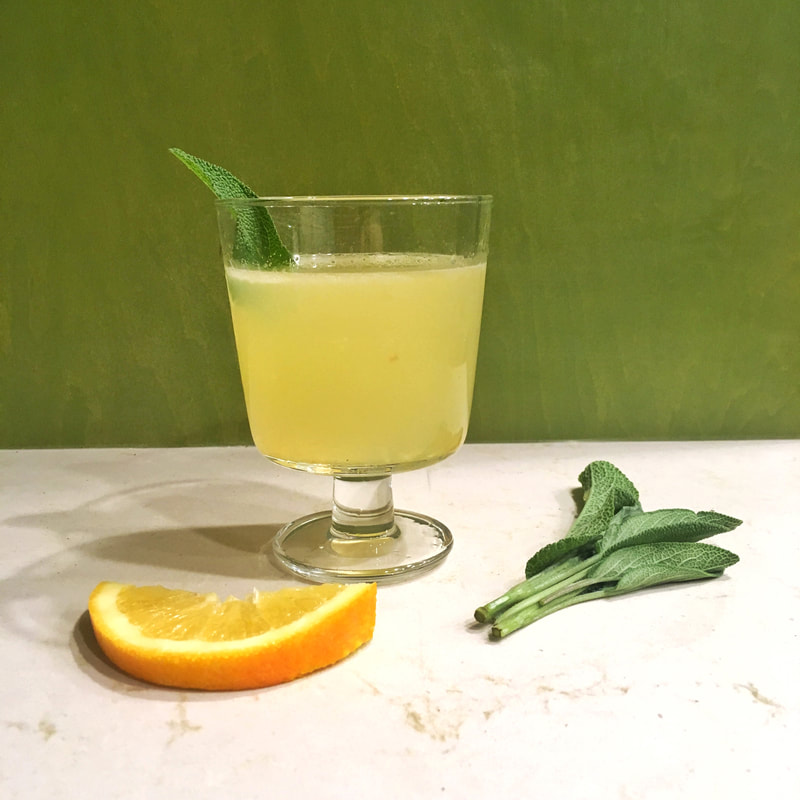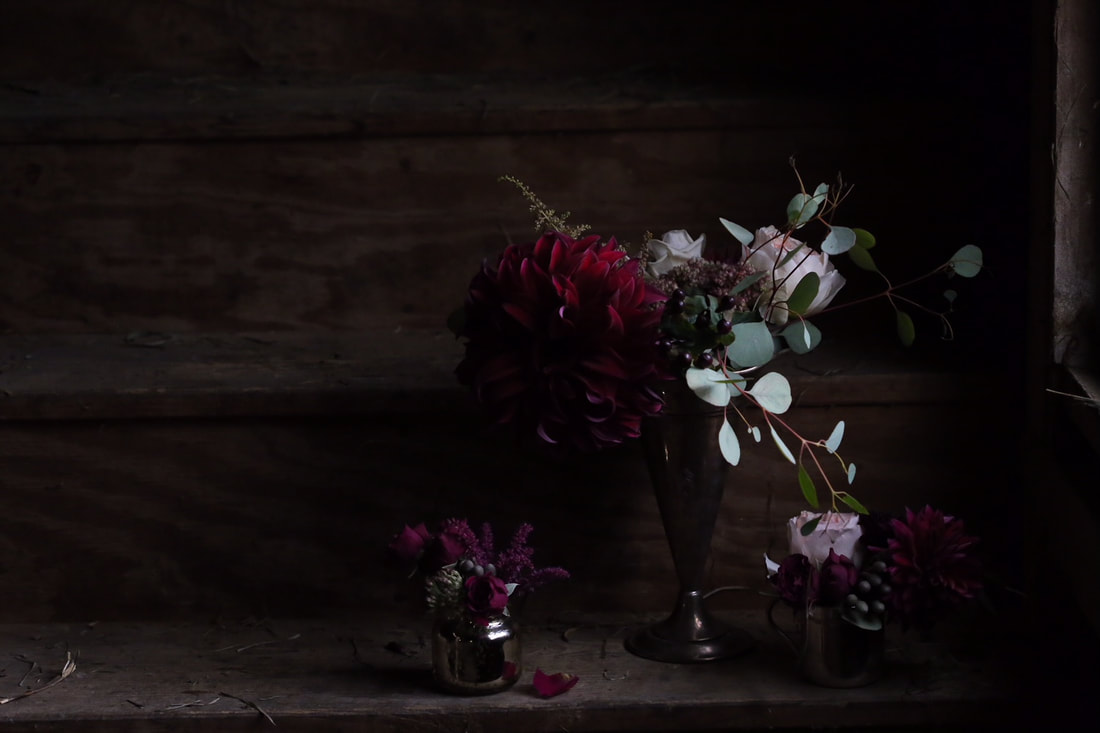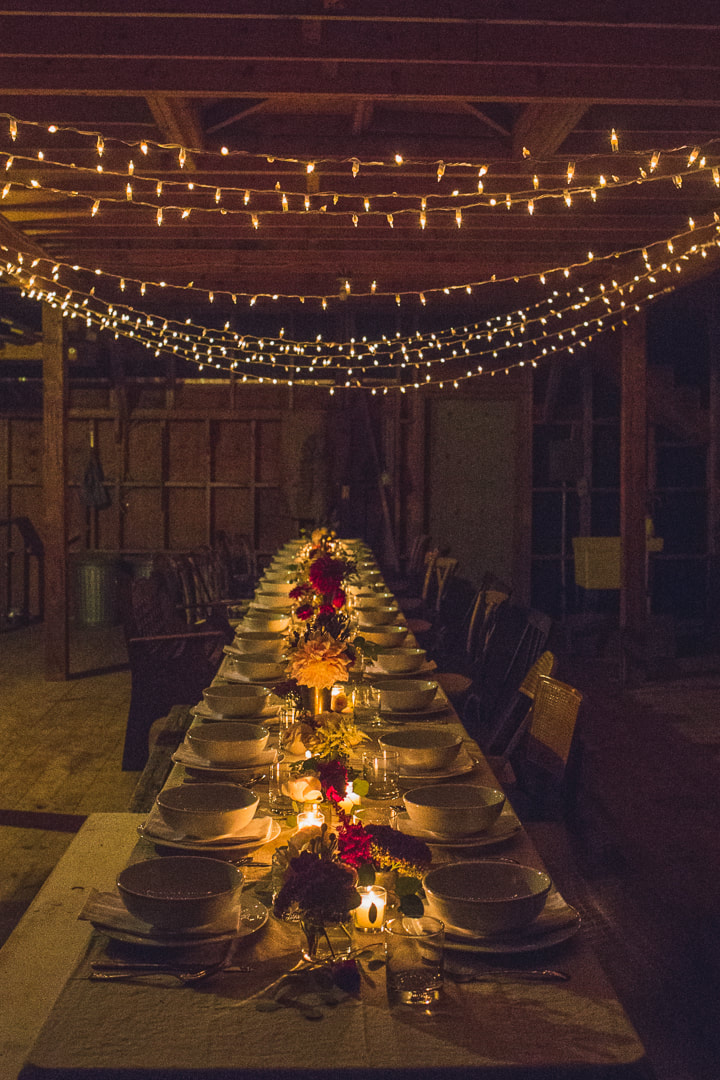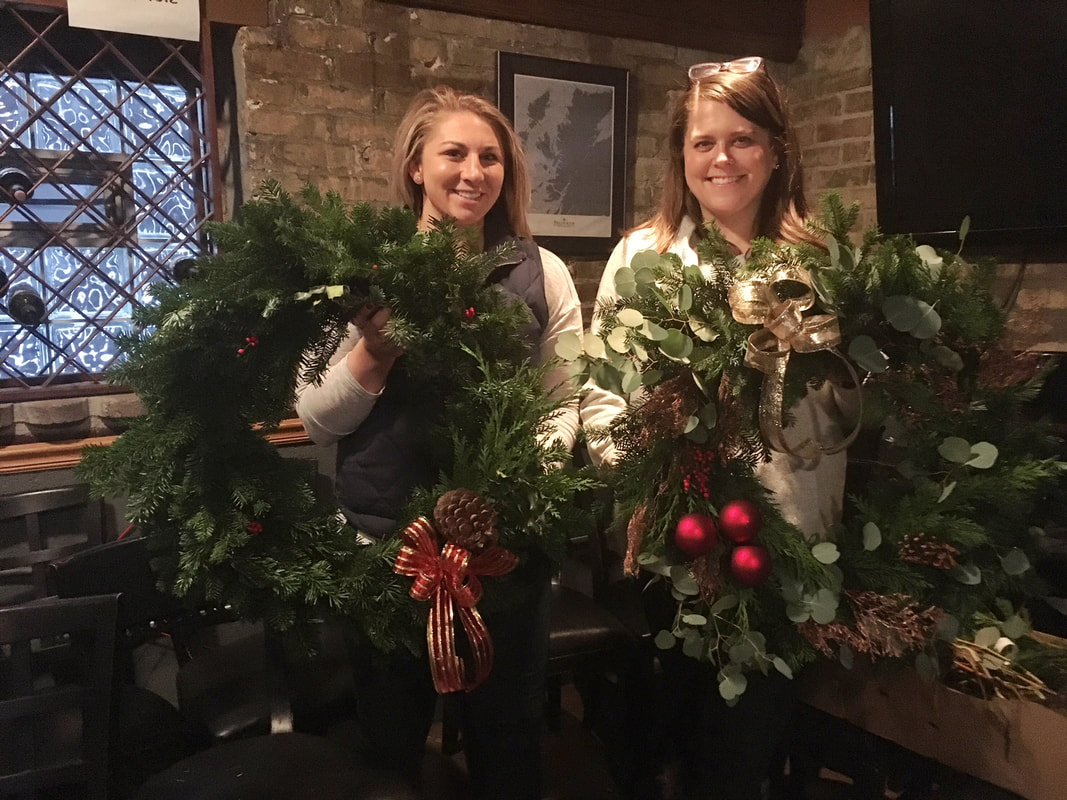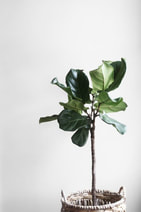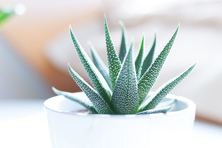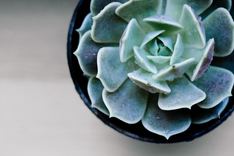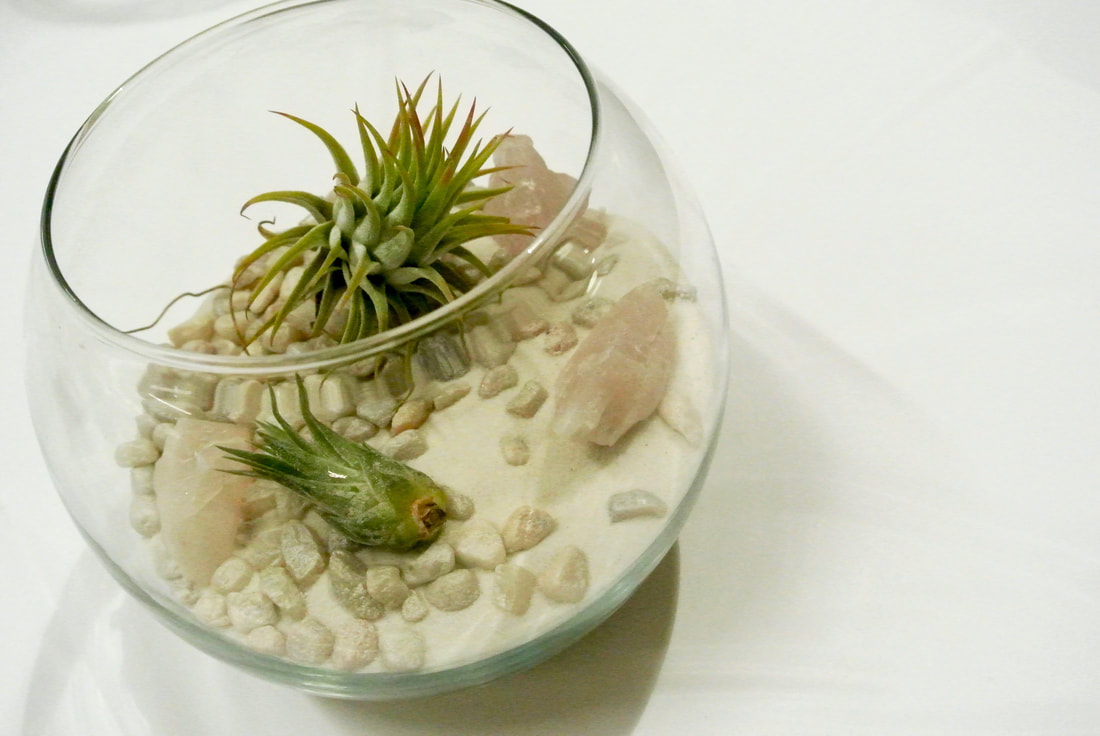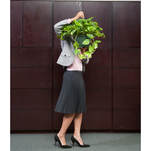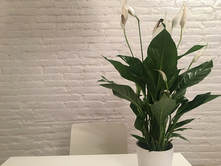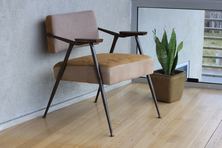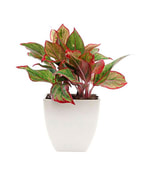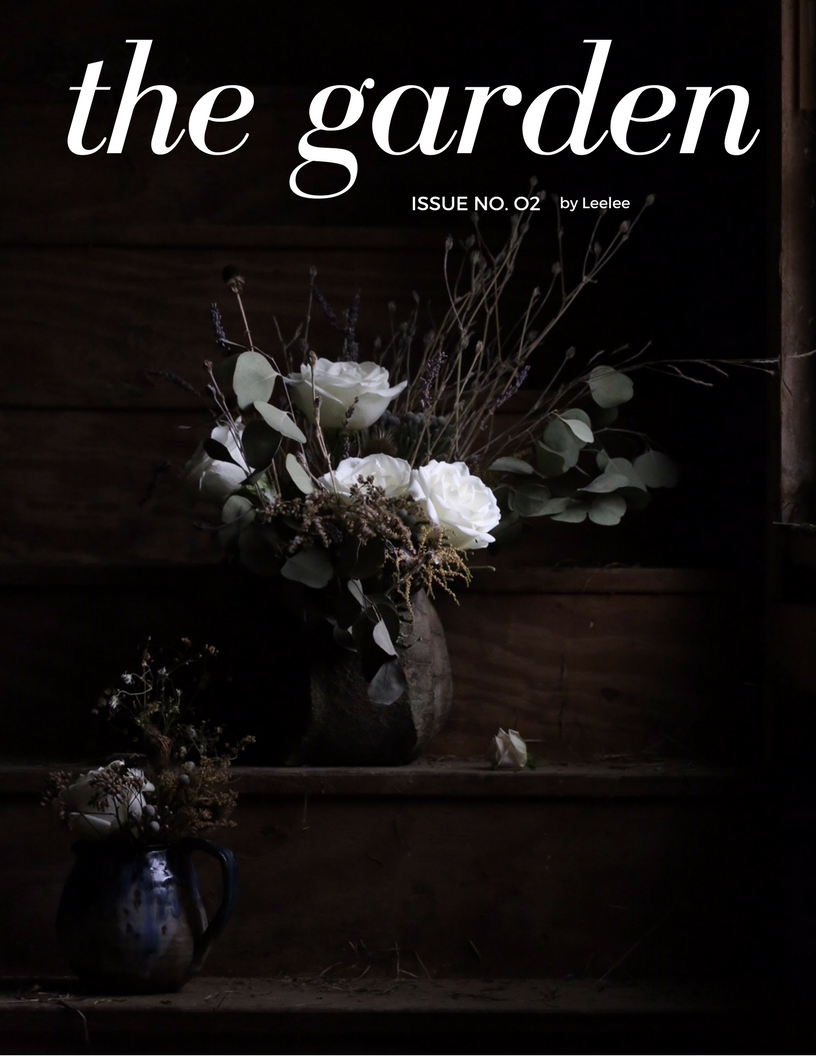|
Who doesn’t love sage? The piney, peppery taste, soft color and feel, and decidedly fall vibe make this herb my top pick to kick off my new herb series! Let me take you on a tour of all things sage…it’s history, tips to grow your own, and inspiration for how to use it all season long (and not on your turkey)! Salvia is the botanical genus name for a group of sage varieties. I use common sage, salvia officinalis, in these examples, but you can use other (edible) varieties too. Salvia comes from the latin word salvere, meaning "to be saved," and has been used medicinally for centuries. In the middle ages people used to say, "Why should a man die when sage grows in his garden?" Sage was used to fight all types of infections and ailments, particularly tooth decay, colds, hot flashes, and even sweat. Sipping sage tea was an early form of deodorant! Today sage is still used medicinally by herbalist and is also recognized as a good source of vitamin K, which supports blood and bone health. Grow This hearty, drought-tolerant and forgiving herb is easy to grow indoors or out. Here are the basics to start growing sage yourself: Start with: Plants. Seeds are tricky to start. Variety: There are many varieties to choose from. For cooking, start with common sage and then branch out to tricolor sage, pineapple sage and all the rest. Ambitious? Pick 3 and grow a variety pot or patch. Soil: Needs well-draining soil. Sun/Light: Sage does best in full sun, but can be grown indoors if it gets a lot of light near a window. Water: Sage is drought tolerant and doesn’t like to have wet feet (roots). Water thoroughly and let dry between waterings. Harvest: To encourage growth and preserve herbal oils, in the morning clip just above a bud, where two leaves meet. Cold: A hearty perennial, sage is cold tolerant, will last through late fall and come back year after year outdoors in most zones. Make Lately I’ve seen sage smudge bundles everywhere! Between my recent trip to Massachusetes to do on-site florals for a retreat (you can read more about the trip here in the Found Beauty article), more than a few episodes of Grace and Frankie, and a lot of #witchy going on in my Instagram feed, sage sticks are having a moment. Have no idea what I’m talking about? Sage bundles, also known as "smudge sticks" are used for smudging. Smudging is an ancient practice of energy clearing. By burning what are considered sacred plants (and sage is at the top of this list), you clear away the stagnant or negative energetic gunk lingering around you, your home or environment. It’s like a #goodvibesonly reset stick. You can smudge after a big clean-out, before you start anything new in a space, or before a ceremony or holiday. New pre-Thanksgiving dinner tradition? I'll show you how to make your own sage stick with a little floral twist. Not into the spirit woo-woo stuff? That's okay! These are sweet, earthy florals you can dry to add a natural touch to your home for winter. They also make fun gifts for your boho-hippie friends this holiday season. Rosy Smudge Bundle What you’ll need: Mini roses (optional) Fresh Sage* String
Once your bundle is dry, you can use it to sage your space. The string may be loose after drying. Some people avoid the problem by drying the sage first or using rubber bands instead of string. You can play with these options or just re-tie if you have a loose bundle. How to smudge: Carefully light the leafy end of your sage stick. Blow out and wave the bundle and smoke around yourself, home or workspace with the intention of clearing away everything that's stale and stagnant. Always have a saucer (or traditionaly an abalone shell) nearby to catch embers and put out the bundle when you're finished. *Traditionally, bundles are made with white sage, but I used common sage here, which is a little easier to find at the grocery store, in your garden, or farmer’s market. It still works for clearing. Sip 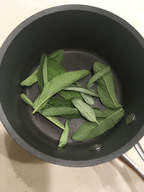 With it’s piney taste, sage is ideal for late fall and winter cocktails! I came up with this sage-y twist on the prohibition era Bee’s Knees. Sage and lemon forward, it’s somehow summery and wintery at the same time, just like my home town San Diego this time of year. Give it a try and let me know what you think! Don't drink? Skip the alcohol and you’ll have a tasty winter lemonade. The Sage Bee What you need for 1 cocktail: 2 oz honey sage syrup (recipe below) 1.05 oz. gin .75 oz fresh lemon juice .25 oz fresh orange juice Splash Belle de Brillet (I used this pear and cognac combo, but you can play with other liquors) Combine ingredients in a shaker with ice. Shake! Strain and garnish. Honey Sage Syrup 1 cup water 3 tablespoons honey (local, raw is the best!) 10 sage leaves Combine ingredients in a small saucepan over medium high heat. Once honey dissolves, reduce to a low simmer and let simmer for 20 minutes. Let cool. Makes enough for 4 cocktails. Have a question about growing or using sage? Let me know in the comments below!
0 Comments
The holidays are here! With Thanksgiving tomorrow and Christmas just around the corner, we are officially in the season of gatherings. Want to mix up your usual décor with some new ideas? Here are my top picks for tablescape trends to try:
1. Keep it simple with greens
In case you haven't noticed, nature is in. Stay on trend by keeping things simple (and wallet friendly) with a free-form all greens table runner. 2. Use this moody, romantic palette, perfect for late fall. Okay, so maybe you don't look for your Thanksgiving table to remind you of a vampire love affair, but hello? Look at these colors! I love the black candles and pink florals. I used a similar moody romantic palette in a recent still life photo shoot with Katie Lenhart and I will always come back to these colors this time of year: 3. Look to your fruit bowl for inspiration. Speaking of the still life...try mixing in some pomegranates, or citrus with your table decor, or let your imagination run wild. Pear tree holiday table? 4. Mix in sage (and flannel too) to get cozy. Doesn't this look make you want to grab a blanket and hot chocolate? For more sage ideas, check out this issue's Sage 3 Ways: Grow + Make + Sip. 5. Don't be afraid of a little sparkle. No matter what's "trending," I will always be a fan of glitter. My great grandmother made tons of glittery decor we still put up around Christmas. If you're like me and will always have a soft spot for something sparkly, check out these adorable ways to add some shine to your table this holiday season. 6. Get energized with table side aromatherapy. Get sleepy after a big holiday meal? Give the whole table an aromatherapy boost with energizing eucalyptus (and you can usually find it at Trader Joe's!). 7. Add Succulents or other botanicals. I think this will be my route this year. Though not-your-usual holiday evergreens, succulents or air plants (especially big bold xerographica or echeveria rosettes) are surprising, creative additions to any table. 8. Rethink traditional decor. Play with quantity and color to for a whimsical, very Martha vibe. 9. Get crafty with found objects. Pinecones, seedpods and other foraged goods are always good decor additions. Want to learn more about foraging? Check out the Found Beauty article from this month's issue. 10. Skip to the main event. Of course you could skip the florals all together and make one giant cheeseboard! Want help with your holiday decor? I'll be in Southern California for the holiday season this year. If you're in the San Diego or even Los Angeles area, join me for a holiday hands-on workshop (more coming soon) or let me know what you're looking for. I can create a custom holiday look for you and deliver it to your doorstep. Not Nearby? Keep an eye out! I'm creating a special gift just for you this holiday season to inspire you to create unique, plant-y projects all month long. It'll be in your inbox in December! Not on the list? Send me your email, and I'll make sure you get your guide too. I also often travel for private making parties. If you have a group of 6 or more, contact me to talk about a customized private event. by Leelee I can't believe it's already almost October! This is one of my favorite times of year. Long gone are the lounging days of summer. There’s a feeling of change in the air. Back to school. Back to regular work schedules. Lots to do. And soon enough it’ll be the holiday season. In the hustle and bustle of this busy time, be sure to get in some much needed self care. Head to yoga, walk outside, cozy up with tea and a book. And....add more plants to your life! If you’re trying to stay healthy and focused, try a little re-wilding of your home and especially workspace. Studies have shown that plants are good for your health, lower stress and increase productivity, all things we need this busy month. Researchers at The Royal College of Agriculture in Cirencester, England found that students have 70% greater attentiveness when they are in classrooms with plants. And a Texas A&M University study showed that workers in a room with two plants and a floral bouquet had 13% more ideas than workers in a room with sculptures. When you’re choosing your desk plant buddy, be sure to think about how much light you have. If you’re in the middle of an office, stick to low light indoor plants. Here are some of my favorites for bright and low light levels! Happy re-wilding! 10 Plants to Re-wild Your DeskPlants for Bright Light
Have a question about any of these desk-friendly plants or have one you want to add to the list? Let me know in a comment! If you do re-wild your workspace, post a photo on Instagram with #leeleesgarden to be featured!
|
go to recent articles:
Found Beauty: Floral Foraging for Beginners
Sage 3 Ways: Grow + Make + Sip 10 Plants to Re-wild your Desk meet me
Hi I'm Leelee! I'm a botanical artist, educator and owner of Leelee's Garden. I host pop-up plant and flower workshops around the country, do design projects, and share botanical tidbits in my newsletter once or twice a month.
Photo by: Paco and Betty |
